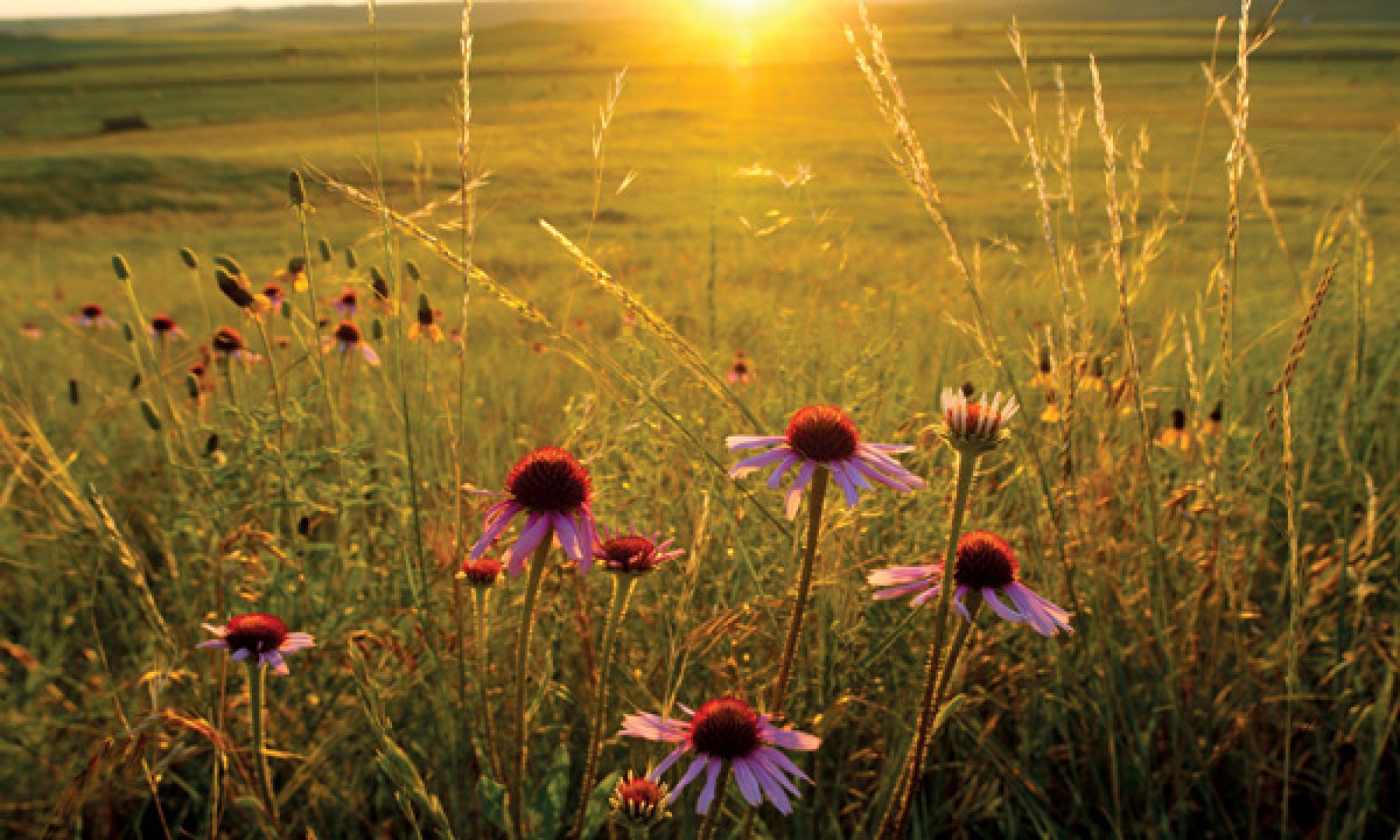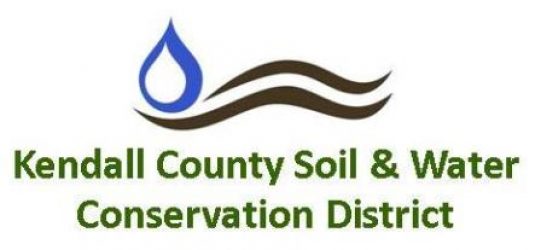VEGETATIVE FILTER STRIP TAX INCENTIVE PROGRAM:
A filter strip is an area of permanent vegetation located between cropland or grazing land and an environmentally sensitive area, such as a stream. Vegetative filter strips can reduce soil erosion, improve water quality, and provide significant habitat for grassland wildlife. They filter runoff by slowing water flow and causing contaminants such as excess nutrients, sediment, and chemicals to get trapped in the vegetation before reaching the environmentally sensitive area.
The Illinois Vegetative Filter Strip Assessment Law (35 ILCS 200/10-152) became effective on January 1, 1997. This law provides tax incentives for the development of vegetative filter strips.
The vegetative filter strip legislation sets the following criteria for land eligible to be certified as a vegetative filter strip:
A strip or area of permanent, herbaceous vegetation situated between cropland or grazing land and environmentally sensitive areas including lakes, streams, rivers, and ponds.
The width of the filter strip must be determined by the slope of the land on which the vegetative strip is located (based on NRCS standards).
The filter strip must be part of a conservation plan and must provide uniform ground cover, have a heavy fibrous root system, and tolerate pesticides used in farm fields.
Soil and Water Conservation Districts (SWCDs) can certify vegetative filter strips that meet the requirements. Once a filter strip is certified by the SWCD, the landowner can qualify for a property tax reduction through the Kendall County Assessment Office. For more information, contact the Kendall County Soil and Water Conservation District office.
Resource Links:


